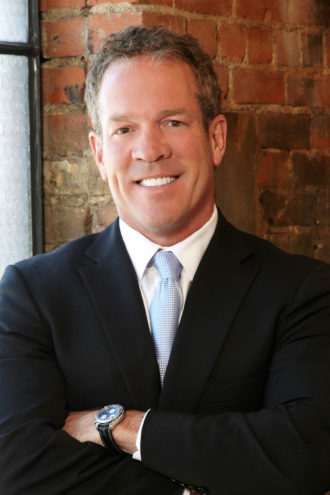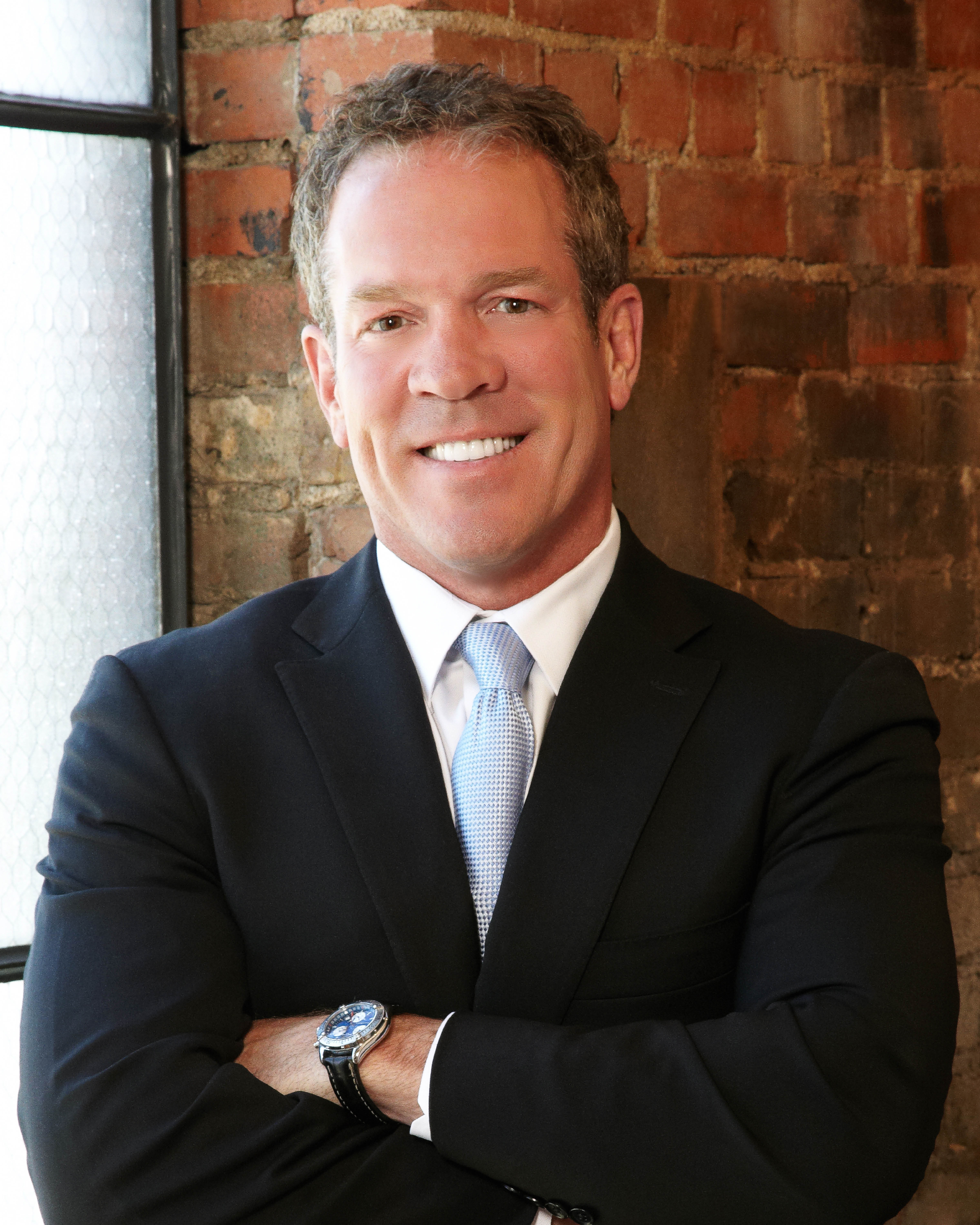
Most of the conversation about high-performing buildings in the past 20 years has been driven by the U.S. Green Building Council and its LEED rating system. While LEED is both widely respected and widely adopted as a third-party verification program with approximately 2.2 million square feet of space being certified daily, clearly the sustainability conversation is changing.
Among big box retailers that conversation is about energy production, not just energy use. Since many of our commercial clients include these big box retailers, I took the opportunity to delve deeper into their focus on high-performing buildings and the benefits derived from that focus.
The IKEA Sustainability Standard
One of the most dominant retail leaders in designing high-performing buildings is IKEA. According to Kenneth Panosh, construction project manager at IKEA Property Inc., independent of the energy codes, IKEA corporate has a firm commitment to conserve energy. That focus is led by the parent company in Sweden, and IKEA U.S. supports all of the corporate initiatives.
As a progressive and profitable big box retailer, the company has a forward-looking approach to harnessing energy which, in turn, can deliver substantial cost-savings—up to 50 percent in energy cost-savings, along with the thousands of tons of reduction in carbon dioxide emissions using these technologies. IKEA even owns and operates 300 wind turbines—100 in the U.S.—and a very large wind farm here in Texas.
Given the abundance of sunshine in our region, IKEA has opted to install a solar array, covering 180,000 square feet of the Grand Prairie store’s roof. This sizable array will generate 1.25 megawatts of power or the equivalent of powering 200 homes for a year.
Although LEED certification was not a requirement for the new Grand Prairie store, all stores opening in 2018 and going forward will be seeking LEED Silver, with the equivalent certification in Europe through the BREEAM rating system, according to Panosh.
For those unfamiliar with BREEAM, it is the world’s leading sustainability assessment method for master planning projects, infrastructure, and buildings. The BREEAM method also includes the lifecycle stages of a building, such as new construction, renovation, and in-use. Globally, there are more than 561,700 BREEAM certified developments, and almost 2,265,200 buildings registered for assessment since it was first launched in 1990.
In California and Connecticut, IKEA has also been installing biogas fuel cells which can power the equivalent of more than 500 homes annually. And all of IKEA’s stores have LED lighting, with retrofit programs in place to add photovoltaic systems to existing stores.
Expected ROI? IKEA allows up to 10 years for that ROI compared to other U.S. companies that expect a 3 to 5-year return.
The Walmart Way
We have worked with Walmart since 2009 and built, renovated, and/or expanded Walmart Supercenters, Walmart Neighborhood Markets, and a Sam’s Club in locations throughout Texas, including Bryan, Dallas, Denton, Flower Mound, Frisco, Garland, Plano, Rowlett, Sachse, and Temple.
Any one of Walmart’s projects could easily be LEED certified but the company is focused on Energy Star certification first and foremost while retrofitting existing stores. The company is implementing state-of-the-art refrigeration, reconfiguring floor plans to be more competitive, and replacing all lighting with LED which will reduce operating costs. In seeking high performance in their stores, they are also sending a message about their culture and their desire to be a responsible corporate citizen.
Target to Target Sunshine and Customers
Although we are not involved in retrofitting any Target stores, the company has long been focused on designing and operating energy-efficient and sustainable buildings. Most recently, Target announced adding rooftop solar panels to 500 of its buildings by 2020. Last year, the Solar Energy Industries Association named Target as their top corporate solar installer in the U.S.
In Dallas-Fort Worth, Target plans to spend $220 million to remodel 28 of its 47 stores. Many of those upgrades include new energy-efficient lighting and rooftop solar projects. The commitment alone represents some of the largest big box retail renovation work underway in this region.
What About Developer-Driven Interest?
With retail developers, there is less motivation to push for high-performing buildings because, simply put, developers are responsible for providing four walls and a roof. This focus on energy efficiency and sustainability is tenant-driven, not developer-driven in my view.
Of course, the new International Energy Conservation Code 2015 (IECC 2015) has helped because it requires greater use of daylight harvesting, for example, and many municipalities are picking up where LEED left off by adopting new energy-saving codes. They are mandating new sustainable construction.
Bottom-line, for the developer who brings in debt or equity investors, the ROI is still the main driver. The decision to invest or fund does not involve a demand for a high-performing building.
Others on The Move
According to Robert Kincheloe, Texas facilities manager at Nebraska Furniture Mart, an industrial icemaker for their chillers enables the store to use that ice for their cooling system during the day. The Mart’s energy monitoring system tracks every kilowatt and provides detailed energy usage information that helps manage consumption and efficiency. Many companies are upgrading MEP systems that provide on-site and remote monitoring and help to reduce usage.
The storage batteries being used by TreeHouse have garnered interest from other firms, including Best Buy, which is considering more solar arrays and possibly fuel cells to power their stores. Finally, some of the biggest advances are reflected in new HVAC equipment, such as compressor designs with variable speed compressors that are rated SEER 24. Most big box retailers are moving toward highly efficient equipment.
With today’s challenges to drive traffic to big box stores and retain brick-and-mortar customers, high-performing buildings provide the opportunity for the owner/developer to lower operating costs while increasing profitability.
For the corporate brand, too, there are many advantages to embracing a culture of sustainability for the long-term—chief among them, a future that employs new technologies and solutions while minimizing the carbon footprint.
Charlie Myers is CEO of MYCON General Contractors and co-chairs the Industrial and Office Local Product Council for the North Texas District Council of the ULI.





